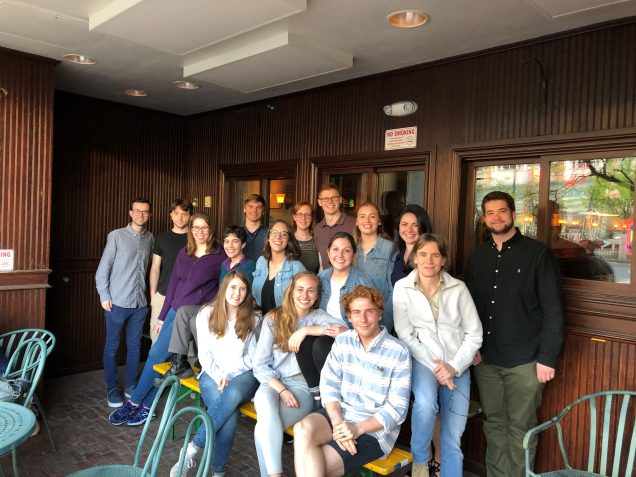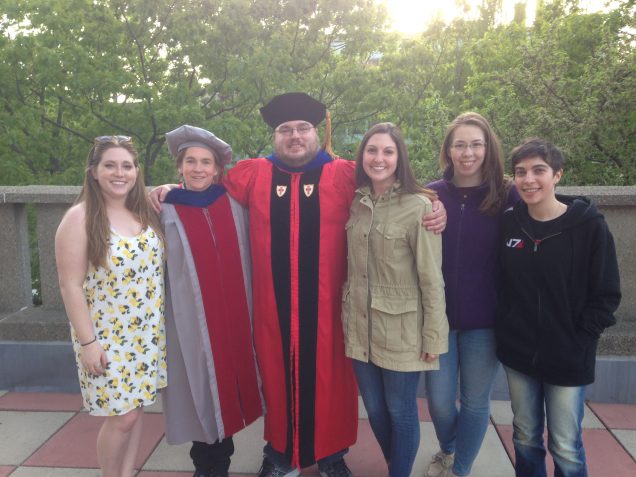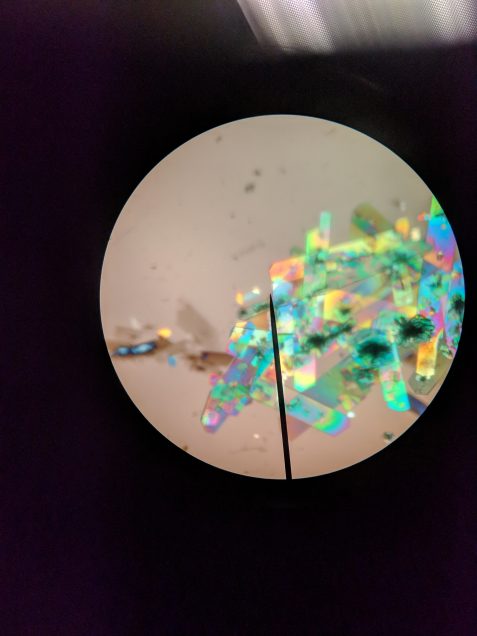Doerrer Research Group
The Doerrer research group specializes in synthetic inorganic chemistry and is an equal-opportunity element utilizer. Currently there are three avenues of research in the group.
The first area uses of highly fluorinated aryloxide and alkoxide ligands for the (perhaps transient) stabilization of high oxidation states in first-row transition metals. These complexes are being investigated for C-H oxidation and functionalization with Cu(I)/O2 (Chem. Eur. J., 2017, 8212, publication link ) (Chem. Eur. J., 2013, 6374, publication link ) or Cu(II) (Organometallics, 2013, 3429, publication link ) We have also begun investigations with the bidentate perfluoropinacolate ligand with other late first-row transition metals (Angew. Chem. Int. Ed., 2013, 1000, publication link ).
The second area of research involves making building blocks to assemble quasi-1D structures with metal-metal bonds and metal-metal interactions. We are interested in using the phenomenon of metallophilicity, (Dalton Trans., 2010, 3543, publication link) which is the attraction of electron rich (pseudo)closed-shell metal centers e.g. d10 Au(I), d8 Pt(II), for each other. We have used these relatively weaker attractive forces in combination with electrostatics to form one-dimensional chains of metal atoms (Inorg. Chem., 2006, 6120, publication link ) for investigation as low-dimensional semi-conductors. We have done extensive studies (Acc. Chem. Res., 2018, 1063, publication link ) with heterobimetallic lantern complexes containing unpaired electrons that can pair up via metallophilic interactions. (Chem. Sci., 2012, 602, publication link ) (Inorg. Chem., 2013, 4926, publication link )
We also collaborate with other groups on various nanoscale projects including Fe3O4 nanoparticles as contrast agents (Langmuir, 2018, 6246, publication link ) (Langmuir, 2012, 6246, publication link ) and work with Kevin Smith’s group from the Physics Department at BU. (J. Phys. Chem. C, 2014, 1081 publication link) (Phys. Chem. Chem. Phys., 2010, 3171 publication link ).








